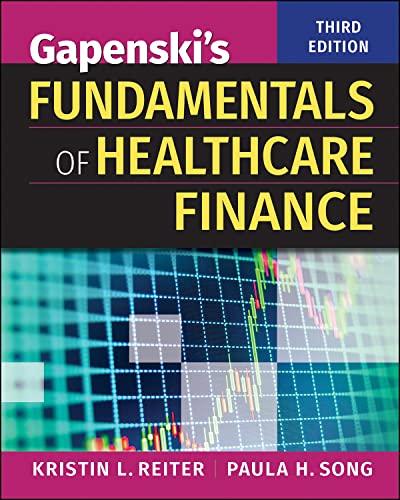Question
Salary $85,000 Investment Income Interest $500 Other income $600 Total investment income $1,100 Total income $86,100 Pre tax contributions 401(k) contributions $4,800 Health insurance premiums
Salary $85,000
Investment Income
Interest $500
Other income $600
Total investment income $1,100
Total income $86,100
Pre tax contributions
401(k) contributions $4,800
Health insurance premiums $1,200
Total pre-tax reductions $6,000
Taxes
Federal $7,025
State $1,200
Total taxes $8,275
Living expenses:
Rent $24,000
Food & Outside meals $12,500
Clothing $4,500
Child care expenses $2,500
Entertainment and travel $7,650
Utilities and phone $3,600
Auto maintenance $1,500
Church contributions $500
Total living expenses $56,750
Tuition and education $12,500
Other payments
Car payment $3,400
Car insurance $1,000
Credit card payment $600
Student loan payment $2,400
Total: $7,400
Total outflow: $90,925
Net cash flow ($4,825)
Assets:
Joining checking account $1,500
Join savings account $1,000
Total liquid assets: $2,500
Section 401(k) vested plan* $43,000
Certificates of deposits (CDs)** $25,000
Total investments: $68,000
Automobile $15,000
Jewelry $13,500
Furniture/ household $60,000
Other personal accounts $88,500
Total assets: $159,000
Liabilities and net worth
Credit cards *** $5,000
Car loan $9,000
Student loan $35,000
Total liabilities: $49,000
Family net worth: $110,000
Total liabilities and net worth $159,000
*Michaels 401 (K) is 100% invested in the stock of his company, Cornerstone, LLC.
**CDs are earning 2% per year and will mature in 6 months. They will lose interest earned if they redeem early
***Credit Card 1: APR: 28%. Credit Limit $3000. Balance Outstanding: $1000. Credit Card 2: APR 22%. Credit Limit $4000: Balance Outstanding: $4000
a. Calculate the following ratios and state (Yes or No) if they are within prescribed limits using Exhibit 2-6 and Exhibit 7-6 in your book and: 1) Housing costs as a % of gross income 2) Total Debt service as a % of gross income 3) Food as a % of after-tax income 4) Entertainment as a % of after-tax income 5) Clothing as a % of after-tax income
b. Suggest expenditures they can reduce and by how much so that their cash flow statement has a surplus.
c. What is their credit utilization ratio on their credit card? Is it hurting or helping their credit score? Suggest 2 things they can do to improve their credit score (Hint: Please see all the factors that affect FICO score from the textbook- Page 156, Chapter 5 )
Step by Step Solution
There are 3 Steps involved in it
Step: 1

Get Instant Access to Expert-Tailored Solutions
See step-by-step solutions with expert insights and AI powered tools for academic success
Step: 2

Step: 3

Ace Your Homework with AI
Get the answers you need in no time with our AI-driven, step-by-step assistance
Get Started


